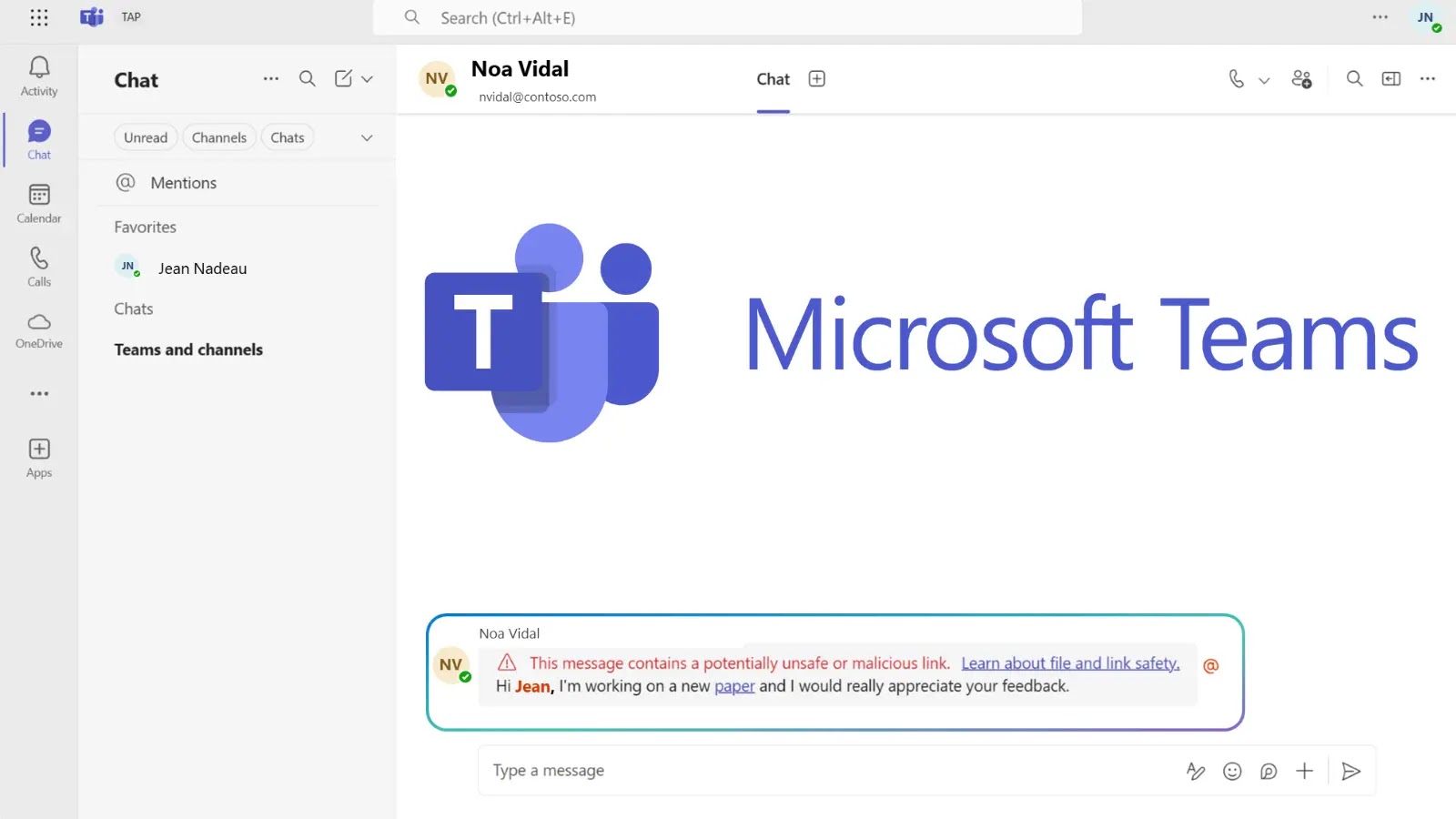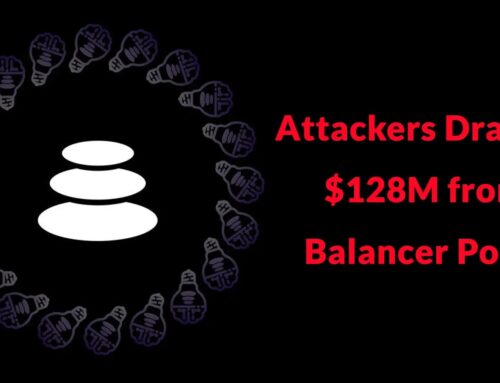
Microsoft Teams Introduces Automatic Alerts for Malicious Links from Attackers
The digital workspace, while a nexus of productivity and collaboration, has become an increasingly attractive target for threat actors. As organizations worldwide lean heavily on platforms like Microsoft Teams for daily operations, the exposure to sophisticated cyber threats, particularly those leveraging social engineering tactics, has escalated. A seemingly innocuous link in a chat message can be the gateway for phishing campaigns, malware delivery, or credential harvesting, compromising an entire enterprise. Recognizing this critical vulnerability, Microsoft has significantly bolstered the security posture of its Teams platform, rolling out an essential feature designed to automatically warn users about malicious links.
Shielding Collaboration: Microsoft Teams’ Enhanced Link Protection
Microsoft’s commitment to fortifying its ecosystem is evident with the latest update to Teams, which introduces an automatic alert system for malicious URLs. This proactive defense mechanism is a vital stride in safeguarding users from the pervasive threats of phishing, spam, and malware. Embedded within the powerful capabilities of Microsoft Defender for Office 365, this feature is engineered to scrutinize links shared in both internal team communications and external chats, flagging potentially harmful content before it can inflict damage.
The Mechanism of Defense: How Automatic Alerts Work
The new alert system operates by leveraging Microsoft Defender for Office 365’s advanced threat detection capabilities. When a user shares a link within a Teams chat:
- The link is automatically scanned and analyzed against known malicious URLs, phishing indicators, and suspicious patterns.
- If the system identifies the link as potentially harmful, a clear and immediate warning is displayed to the user, advising against clicking the link.
- This real-time assessment and notification empower users to make informed decisions, significantly reducing the likelihood of accidental compromise.
- The protection extends to all forms of links, including those embedded in shortened URLs, further mitigating the risk posed by cleverly disguised malicious content.
The Imperative of Proactive Threat Mitigation in Collaborative Platforms
Collaborative platforms like Teams are inherently designed for rapid information exchange, a characteristic that threat actors frequently exploit. Phishing attacks, for instance, are often disguised as legitimate communications, leveraging trust within an organization to trick users into clicking malicious links. The absence of immediate, automated warnings left a significant gap that attackers could exploit for various nefarious purposes, including:
- Credential Theft: Directing users to fake login pages.
- Malware Distribution: Triggering drive-by downloads or tricking users into installing malicious software.
- Ransomware Deployment: Initial access for ransomware campaigns.
- Data Exfiltration: Posing as legitimate internal tools to collect sensitive information.
While this is a general enhancement and not tied to a specific public vulnerability identifier, it addresses a widespread attack vector that could lead to incidents resembling those exploited through social engineering, which often aren’t assigned a specific CVE but contribute to larger attack chains. For example, the tactics used often mirror those seen in attacks related to widespread phishing campaigns, indirectly combating the root causes of many security incidents.
Remediation and Best Practices for Enhanced Teams Security
While Microsoft’s new feature provides a robust layer of protection, a multi-faceted approach to security is always recommended. Organizations and users should implement the following best practices:
- Enable and Configure Microsoft Defender for Office 365: Ensure that all relevant security features within Defender for Office 365 are fully enabled and optimally configured. This includes Safe Links and Safe Attachments policies.
- Security Awareness Training: Regularly educate employees on recognizing phishing attempts, suspicious links, and social engineering tactics. Emphasize the importance of verifying sender identities and exercising caution with unsolicited links.
- Multi-Factor Authentication (MFA): Implement MFA across all user accounts. Even if credentials are compromised, MFA provides a critical barrier against unauthorized access.
- Least Privilege Principle: Grant users only the necessary permissions required for their roles, limiting the potential damage if an account is compromised.
- Regular Software Updates: Keep all operating systems, applications, and Microsoft Teams clients updated to the latest versions to benefit from the newest security patches and features.
Tools for Comprehensive Endpoint and Collaboration Platform Security
Beyond the native protections offered by Microsoft, organizations can leverage a range of tools to enhance their overall security posture, especially concerning collaborative platforms and endpoints.
| Tool Name | Purpose | Link |
|---|---|---|
| Microsoft Defender for Endpoint | Comprehensive endpoint detection and response (EDR), including advanced threat protection for workstations. | Microsoft Defender for Endpoint |
| Phishing Simulation Platforms | Testing and training employees on recognizing and reporting phishing attempts. | Cofense, Proofpoint |
| Secure Web Gateways (SWG) | Filtering malicious web content and enforcing content policies for internet traffic. | Zscaler, Netskope |
| Security Information and Event Management (SIEM) | Centralized collection and analysis of security logs for threat detection and incident response. | Splunk, IBM QRadar |
Looking Forward: A Safer Collaborative Ecosystem
The integration of automatic malicious link alerts in Microsoft Teams marks a significant and welcome advancement in securing digital collaboration. By proactively identifying and warning users about dangerous URLs, Microsoft is not only enhancing the platform’s resilience against phishing and malware but also empowering users to become a more informed line of defense. This development underscores the continuous evolution of cybersecurity measures required to protect dynamic work environments, serving as a reminder that vigilance, combined with robust technical controls, remains paramount in the ongoing battle against cyber threats.





